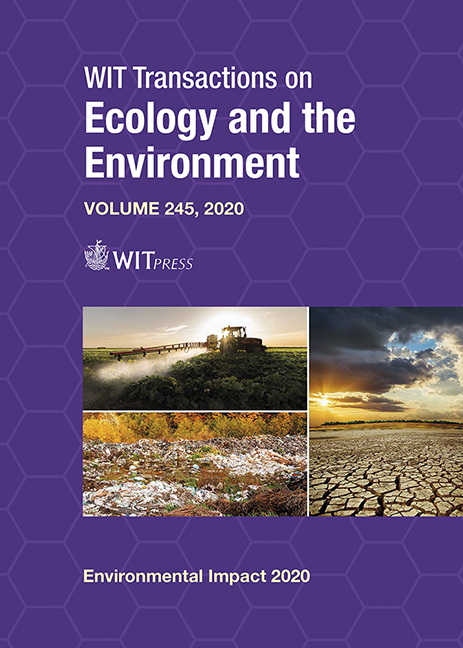OXYGEN DIFFUSION THROUGH POLYMER MEMBRANES UNDER NON-STEADY-STATE CONDITIONS
Price
Free (open access)
Transaction
Volume
245
Pages
10
Page Range
201 - 210
Published
2020
Paper DOI
10.2495/EID200191
Copyright
WIT Press
Author(s)
MARIANNE S. EIKELAND, HANS-KRISTIAN ALMOEN GRAVKLEV, HUI HUANG, VIBEKE BREDVOLD KARLSEN, ANNE KATRINE SEM, TOMMY STOKKA, MORTEN AUGESTAD, KJELL-ARNE SOLLI
Abstract
Polymers are used as food packaging material to preserve the food and to increase the shelf life. Oxygen accelerates the growth of bacteria and other microorganisms and can reduce the durability of the food. By using polymers as a food packaging material, the decomposition and the amount of food waste can be reduced. It is therefore important to predict the diffusion rate of oxygen through the polymers when a certain type of polymer is used. The main goal of this article is to study the influence of temperature variations on the oxygen diffusion through a polymer material. Laboratory experiments are performed by measuring the concentration of oxygen in nitrogen filled polypropylene boxes under constant temperatures and with temperature variations over time. The experiments show that the oxygen diffusion increases with increasing temperature. An effect of changing the temperature is that the permeation rate in the polymer becomes higher when the polymer has first been exposed to a higher temperature. This is an important observation and has to be taken into account when food is exposed to different temperatures during transport and storage. A mathematical model is formulated to estimate the oxygen concentration in the boxes. The comparison between literature data, the model and the experimental results indicates that, although there is deviation between the data, the tendency of increase in oxygen concentration with time is the same.
Keywords
polypropylene, permeability coefficients, O2 diffusion, DBI Dansensor PerMate





